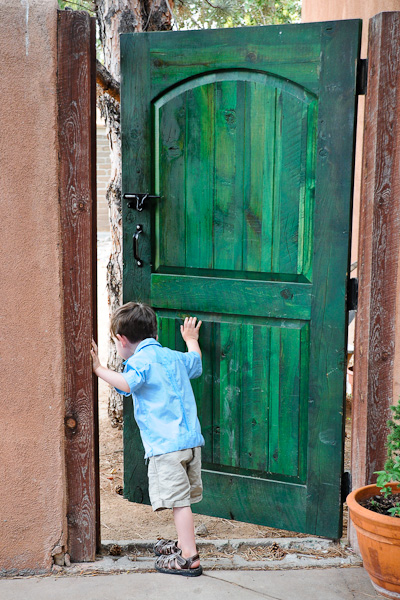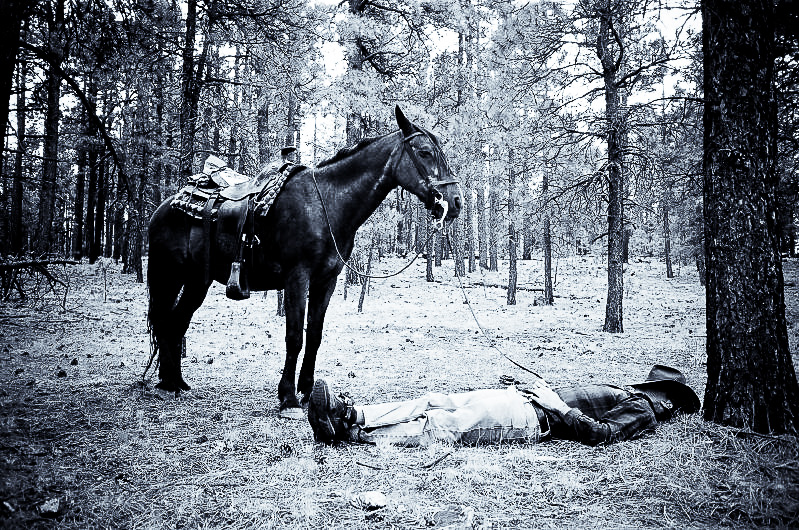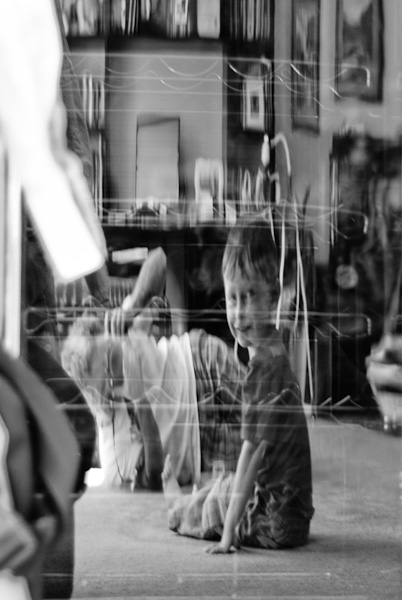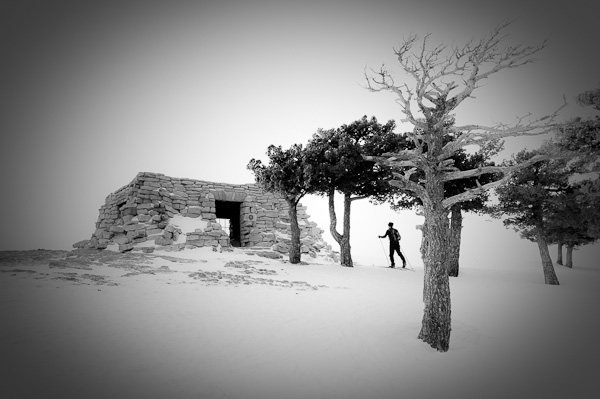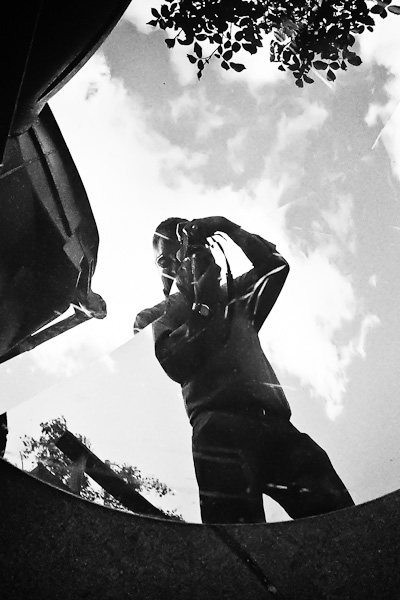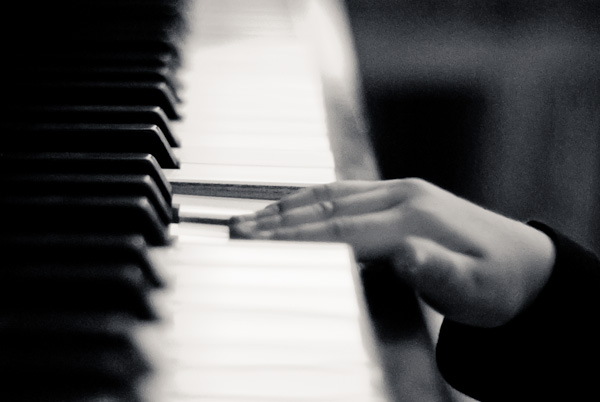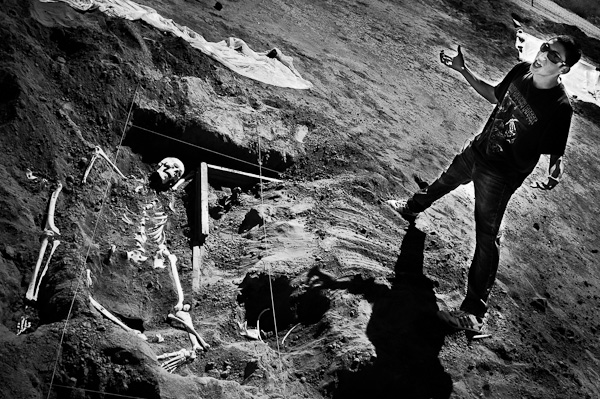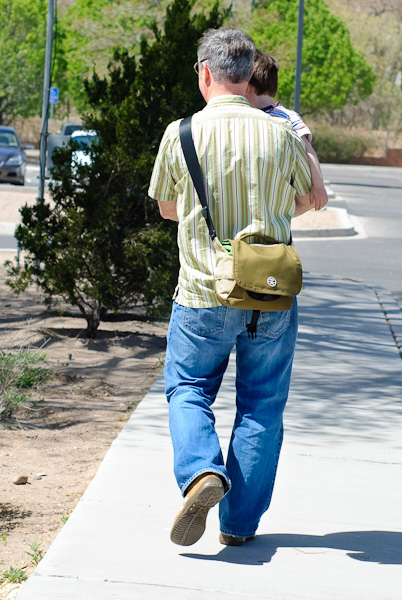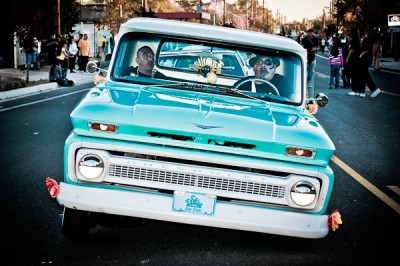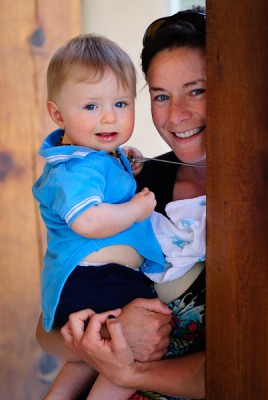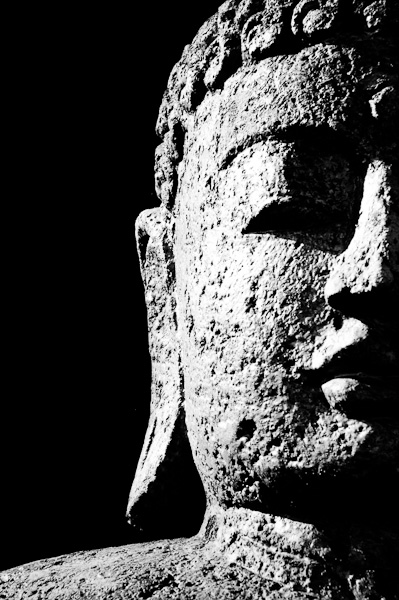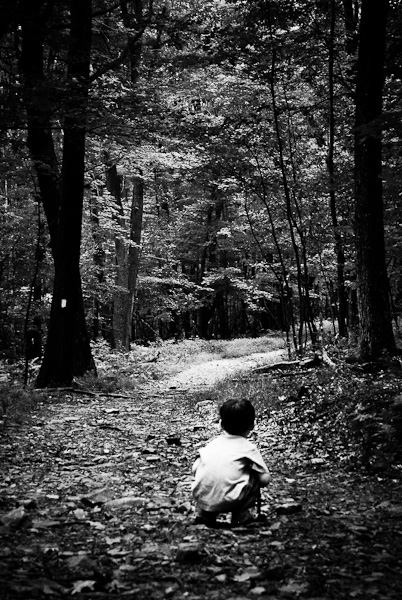 I’ve been thinking about this post for a while. Regular readers here will be aware that I’ve decided to focus on the craft of photography for a while rather than on the gear. The plan is to learn the skills, the vision, the art, the mystery, the feel of making photographs that please me and I’ve found that new or more gear doesn’t always accomplish that for me. And so, I’ve been thinking a lot about how I think about photography.
I’ve been thinking about this post for a while. Regular readers here will be aware that I’ve decided to focus on the craft of photography for a while rather than on the gear. The plan is to learn the skills, the vision, the art, the mystery, the feel of making photographs that please me and I’ve found that new or more gear doesn’t always accomplish that for me. And so, I’ve been thinking a lot about how I think about photography.
Thinking about thinking; it is a strange and wondrous exercise.
You see, I love shooting with my Nikon D300. I paid a good sum of money for it. I love the feel of it. I love how I can change settings quickly and intuitively through the myriad of buttons on the outside of the camera body. It feels good in my hands. You know, I’m just into this camera.
Lately though, I’ve taken to shooting with a used Nikon D80 I bought. At first it was just for novelty but I had bought this camera for a couple of reasons: first, I felt I needed a backup camera body; second, I needed something my wife could put on “Auto” and make a nice picture quickly; third, I needed a camera that would keep my interest while shooting on vacation that she could also use easily; fourth, I needed something I didn’t value quite as much as my D300 because I have two little boys who tend to dump sand on me, jump on me, and splash water on me (decidedly non camera-friendly occurrences.) So the D80 entered the stable.
But after a while I noticed something about how I thought about this backup D80 camera: I didn’t care about it as much. Now, normally that would make me want to shoot with it less. But I found myself shooting with it more. Strange. So I started that thinking about thinking thing again. Why?
Well, I’m more willing to take risks with the D80. I’m more willing to get it close to water and I’m more willing to get it down near sand. I’m more willing to use it in precarious situations and I’m more willing to hand it over to someone else.
The image above is an example of what I’m talking about. My extended family and I were walking in a wood in western Maryland while attending a family reunion and my 3 year old son was dragging behind (short legs and all that.) My 18 year old nephew hung back with me and at one point, looking back toward my son he said, “this would make a cool shot, Uncle Brian. The trees above and Sebastian below.” He gestured with his hand that he was visualizing something. I didn’t even look back to see what he was showing me- I just handed him my D80. “You see it; you shoot it.” I told him. And he did.
It turns out it is one of my favorite images from that reunion. And I didn’t take it. But it wouldn’t have been made had I been carrying that D300-I covet it too much and probably wouldn’t have handed it over so freely. And that got me thinking. 🙂
When we travel to foreign countries and are wanting to make portraits of people, wouldn’t it be nice to occasionally hand over the camera and let our subjects make a picture of us? Or have their family member or friend make a picture of us and our kind and generous subject together, to remember the occasion? Maybe we could even send them a copy of the picture or even print one right there with our Pogo printer so they could have a memento and stories to tell? It would be a great way to break the ice; a great way to engage with our subject; a great way to build a bond. Sure, perhaps occasionally a camera could get stolen. That’s what insurance is for. But it also wouldn’t be your D300.
Now, I’m aware that a D80 is not a “crappy” camera to most. But it is my cheaper and older camera-I bought it used, for not a lot of money, so it is more dispensable to me. What is your older camera that you might be willing to take greater risks with? How about breaking it out and carrying it with you and get those photographs you might have been passing up for fear of damaging your gear?
P.S: Stay tuned for a fun little announcement form me within the next few days as well.

